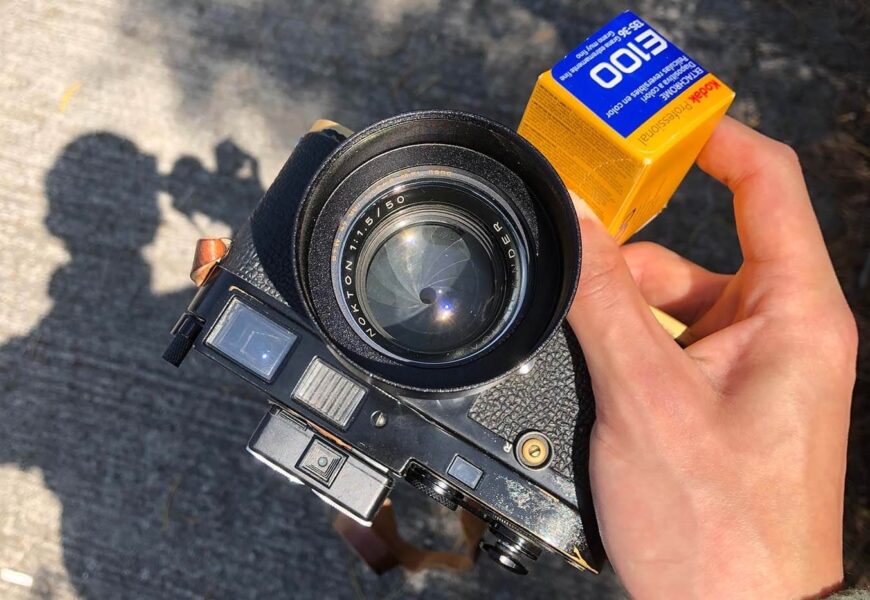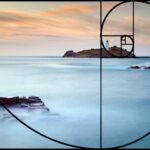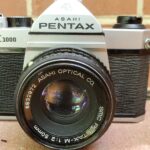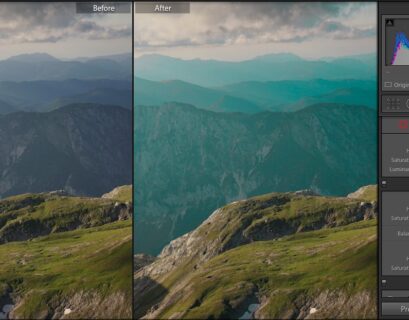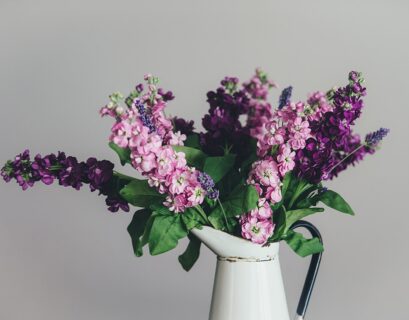As a photographer, understanding the fundamental principles of photography is crucial to capturing stunning images. Aperture, shutter speed, and ISO are the three pillars of exposure, and mastering them is essential to taking control of your camera and producing high-quality photographs. In this article, we’ll delve into the differences between aperture, shutter speed, and ISO, exploring their roles in the photography process and providing practical tips for applying them in your own photography.
Aperture: The Gatekeeper of Light
Aperture refers to the size of the camera’s aperture, which is the opening that lets light pass through the lens. Aperture is measured in f-stops (f-numbers), which represent the ratio of the lens opening to the focal length of the lens. A small f-stop value (e.g., f/2.8) means a large aperture opening, while a large f-stop value (e.g., f/16) means a small aperture opening.
Aperture controls the amount of light that enters the camera, as well as the depth of field (the area in focus). A large aperture (small f-stop value) results in:
- A shallow depth of field, isolating your subject from the background
- A brighter image, as more light enters the camera
- A softer, more diffused background
Conversely, a small aperture (large f-stop value) results in:
- A deeper depth of field, keeping more of the image in focus
- A darker image, as less light enters the camera
- A sharper, more defined background
Shutter Speed: The Timing of Light
Shutter speed refers to the length of time the camera’s shutter is open, measured in seconds or fractions of a second. Shutter speed controls the duration of the exposure, affecting the overall brightness and motion of the image. Faster shutter speeds (e.g., 1/1000th of a second) are ideal for:
- Freezing fast-moving objects or capturing sharp images of wildlife
- Reducing motion blur and creating a sense of sharpness
- Reducing the impact of camera shake and blur
Slower shutter speeds (e.g., 1 second or longer) are ideal for:
- Creating a sense of motion or blur, capturing the flow of water or clouds
- Reducing the impact of ambient light and emphasizing artificial light sources
- Creating a sense of drama or mystery through the use of long exposures
ISO: The Sensitivity of the Sensor
ISO (International Organization for Standardization) refers to the camera’s sensitivity to light, measured in ISO values (e.g., ISO 100, ISO 6400). ISO controls the camera’s ability to capture images in various lighting conditions. A low ISO value (e.g., ISO 100) is ideal for:
- Bright lighting conditions, such as outdoor daylight
- Minimizing noise and grain in the image
- Capturing detailed, high-contrast images
A high ISO value (e.g., ISO 6400) is ideal for:
- Low-light conditions, such as indoor or nighttime photography
- Capturing images in challenging lighting conditions
- Emphasizing the subject and reducing the impact of ambient light
Practical Applications and Tips
- Aperture: Use a large aperture (small f-stop value) to isolate your subject and create a shallow depth of field. Use a small aperture (large f-stop value) to keep more of the image in focus.
- Shutter Speed: Use faster shutter speeds to freeze motion and reduce blur. Use slower shutter speeds to create a sense of motion or blur.
- ISO: Use low ISO values in bright lighting conditions to minimize noise and grain. Use high ISO values in low-light conditions to capture images in challenging lighting conditions.
- Exposure Bracketing: Use exposure bracketing to capture a range of exposures, allowing you to merge them later using HDR software.
- Experimentation: Don’t be afraid to experiment with different aperture, shutter speed, and ISO combinations to achieve the desired effect.
Conclusion
Mastering aperture, shutter speed, and ISO is essential to producing high-quality photographs. By understanding the roles of each element, you’ll be able to take control of your camera and capture stunning images that tell a story. Remember to experiment and adapt to different lighting conditions, and don’t be afraid to push the limits of your camera’s capabilities. With practice and patience, you’ll develop the skills to create breathtaking photographs that showcase your artistic vision.

